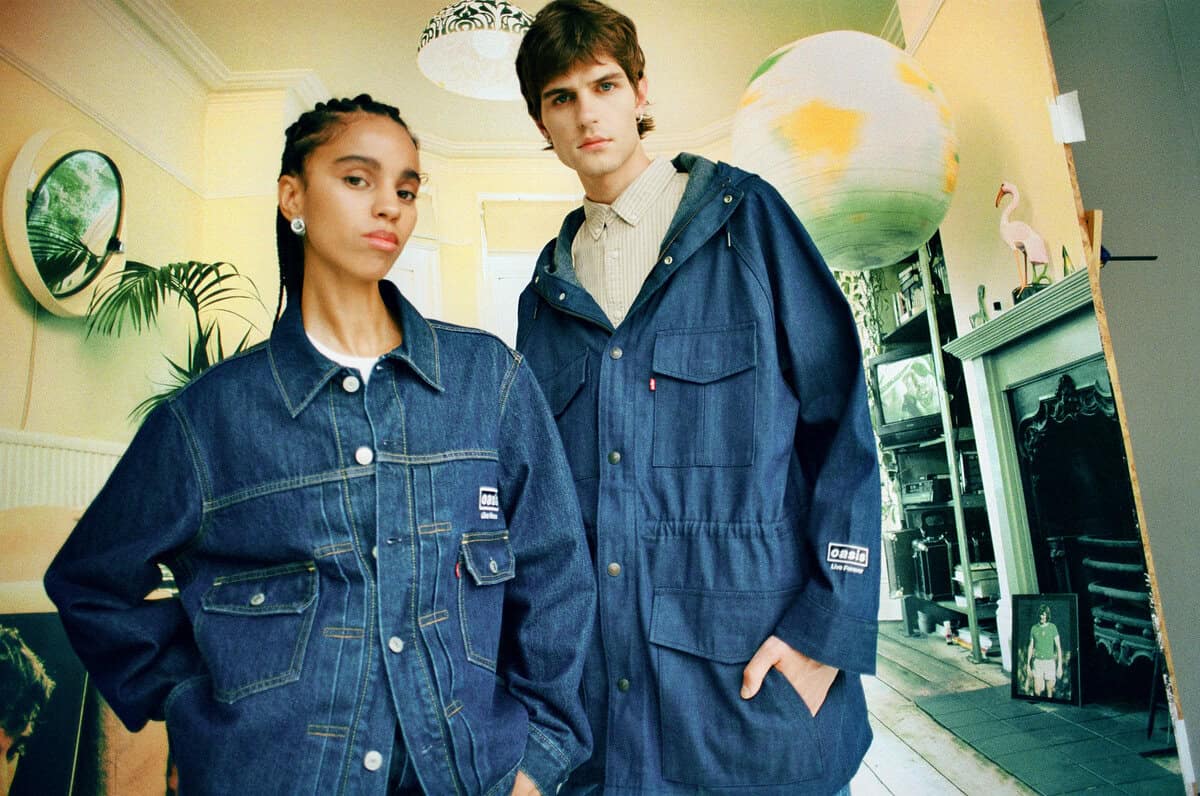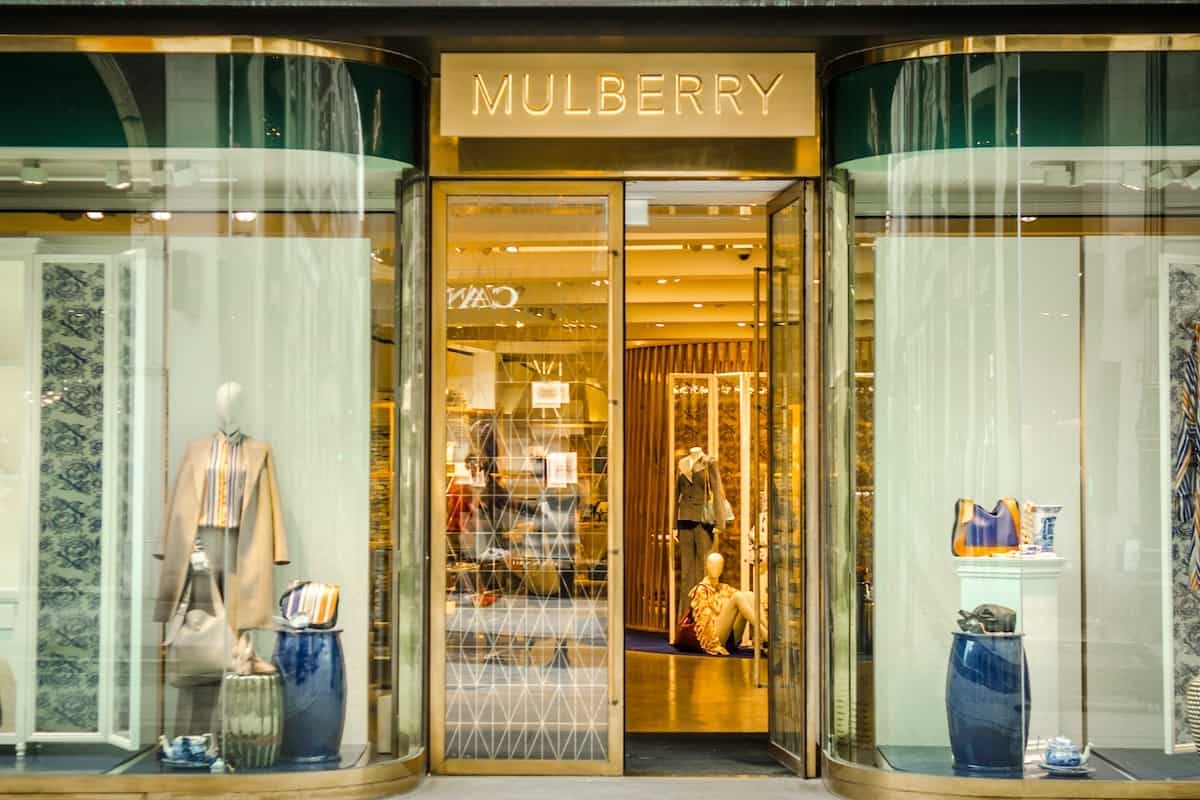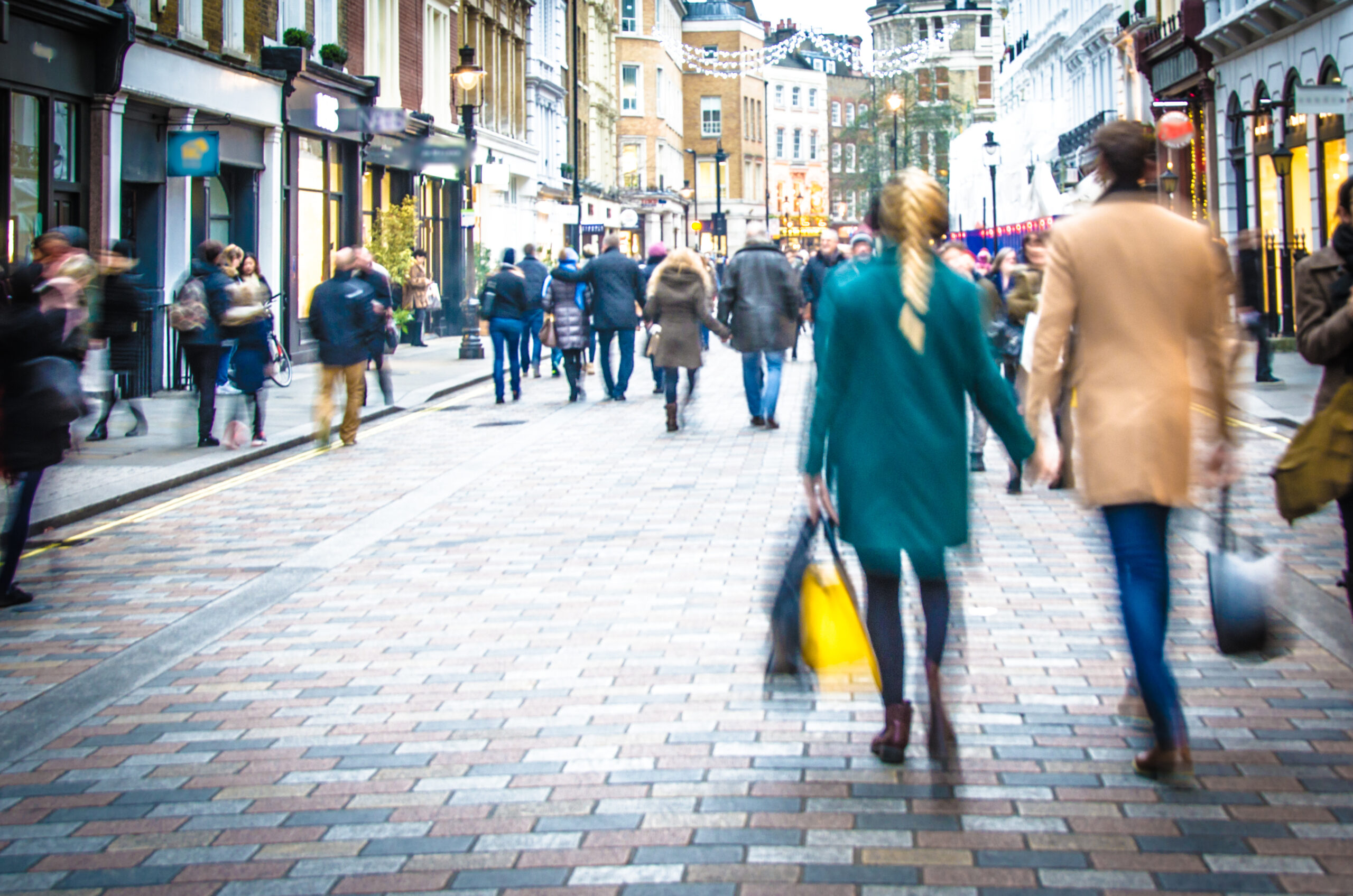Ecommerce sales rose by 41.3% year-on-year in the week that shops reopened – and by 71% at multichannel retailers alone, new IMRG research suggests. The figures come despite 53% of shoppers saying, in a BRC study, that they feel retailers are doing enough to protect them from coronavirus. A new blog from the ONS suggests that shopping may never be the same again, while Forrester says the role of the store has changed, and RetailX figures support the finding that consumer habits are changing.
The sharp year-on-year rise in online sales in the week starting June 14 – when shops reopened on June 15 – comes in IMRG Capgemini Online Retail Index findings, which also suggested that online sales grew by 1.8% compared to the previous week.
Online sales at multichannel retailers only were up by 71% year-on-year (YOY), and by 4% week-on-week (WOW). That’s the second strongest YOY growth since lockdown measures were put in place – and comes even though customers could now buy via retailers’ shops, according to the etail trade association, whose index tracks the online sales performance of more than 200 retailers.
“At first glance it might seem a bit dd that multichannel retailers – those with stores – recorded the highest online growth ever (+71%) in the week that their stores reopened,” said Andy Mulcahy, strategy and insight director at IMRG. “It seems that all the fanfare around the high streets opening again did spur an increase in sales activity, as people perhaps start to feel things are returning to something a bit closer to normal, but what that normal is going to be received some clarity. The bulk of that activity remains focused online, with shoppers visiting stores in much lower numbers but with a clearly focused intention to complete a purchase, as opposed to just browsing. It’s early days and the 2m rule is set to be reduced to 1m+ soon, but a revealing indication of how shopper behaviour is now structured, perhaps.”
The IMRG figures showed strong sales during the week for home and garden (+114.7% YOY), electricals (+99.9% YOY), health and beauty (+70.5% YOY but down by 2.5% WOW). Online clothing sales, however, stood still compared to the previous week (+0% WOW).
Lucy GIbbs, managing consultant, retail insight at Capgemini, said: “Multichannel retailers saw online sales go from strength to strength despite a hypothesis that the ability to spend in re-opened stores would decrease the reliance on online shopping. As lockdown eases in an attempt to shift back towards the former pre-Covid-19 norm, the question remains which consumer behaviours and trends will return, and which will have changed for the long term? Have consumers shopping habits irreversibly swung towards online shopping rather than in-store shopping? Right now, it may be too early to unpick the patterns from consumers’ pent up demand being released by government’s decision to relax these measures, alongside an increased drive for consumer spending; it appears moving retail front of mind is also potentially causing a halo effect in digital sales.”
Attitudes to store retail
Meanwhile, research from the British Retail Consortium (BRC) and Opinium found that more than half (53%) of shoppers felt retailers were doing enough to protect the public from coronavirus, while only 9% disagreed.
More than half of the 2,000 UK adults questioned between June 19 and 22 – after shops reopened – said they would visit shops to buy goods they needed (53%), up from 44% before shops reopened, while those who said they would go to shops to browse rose to 15% from 13%, and those who would avoid visiting shops if possible fell from 38% to 28%.
Six in 10 (64%) said they felt comfortable about buying groceries in store, and 39% about buying non-groceries such as homewares, DIY products, electronics or clothing.
Some 66% of respondents said they had visited a large supermarket in the last week, while 50% had been to a local convenience shop, followed by those visiting pharmacies (33%) and DIY shops (23%). Asked which safety methods they preferred to see, the largest group named compulsory hand sanitising (38%), followed by one-way systems (36%) and regular cleaning (35%). Six in 10 say they either current wear a mask or intend to, down from 70% a week earlier. The proportion who say they are not wearing masks rose from 29% to 40%.
“Retailers will be reassured by polling showing that almost six times as many people agreed that retailers were doing enough to protect the public as disagreed,” said Helen Dickinson, chief executive of the BRC. “Nonetheless, retailers must continue to work hard to ensure everyone has the confidence to visit their local high street.
“Shops and jobs depend on the ongoing support by the public. While the initial burst of enthusiasm is welcomed, the coming weeks and months will determine the future of our high streets for years to come.”
How and why online retail is changing
It took seven years for online shopping to get from 9% to 19% of retail sales, but only four months to get from 19% to 33% – in May 2020, points out Josh Martin, the ONS’ lead analyst for the Covid-19 response, in a new blog.
But, he points out, “this increase in the online share also came at a time when retail spending fell by a record amount overall – by 19% in value terms in April 2020, and despite a partial rebound in May, remains 14% down on pre-pandemic levels. So while online spending went up in value terms, the online share was also a fraction of a smaller total. The increase in the online share from 19% in 2019 to 33% in May 2020 is partially due to increased online spending and partially due to falling total spending.”
He also says that more than 30% of businesses with an online service who continued trading saw their online sales increase in the last two weeks of May, while a further 4% of businesses said they traded online, selling goods or services, for the first time during the pandemic.
The effect of online on the store
Forrester’s Physical Stores in Europe Struggle for Survival as Covid-19 migrates sales online study points to record online growth in the first quarter of this year. But it warns that shoppers may return only slowly to stores, and that retailers must be prepared for the role of the store to have changed. “Increasingly successful stores will measure and drive both in-store and online sales,” it says. “Even offline-only retailers will need to start selling online.”
The report points to record online growth from bricks and mortar retailers. Citing the example of Argos, it says that its click and collect (+32%) and home delivery sales (87%) both grew strongly following the closure of its 573 standalone stores, while online sales at Dixons PC World grew three times faster in the first fur months of 2020 than usually in a year, with online sales recovering about two-thirds of lost store sales. Marketplaces also saw sales grow fast, with sales at Amazon doubling in the first quarter. The report suggests that physical store sales may have peaked in 2019. “Consumers are developing new shopping patterns,” it says. “40% of UK online adults state that they buy more online than they did before and 38% say they are likely to continue buying groceries online. Covid-19 has fundamentally changed the role of the store, which is impacting the value of retail properties.”
RetailX findings
The RetailX Coronavirus Consumer Confidence Tracker questioned 1,000 UK adults on May 20 and found that 44% said they would go on shopping as they did now, while 49% said they would go back to shopping the way they had previously. Only 7.5% said they had not changed the way they shopped. At that point, only 1% said they did not shop online (down from 4% on March 11, before non-essential shops closed), while 26% said they had stopped – and 62% said they had reduced – their shopping at physical stores.








